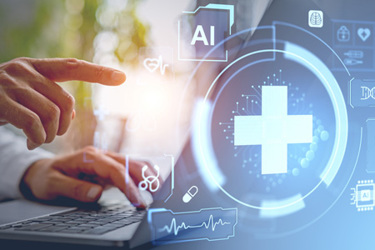AI, Open Source, And The Future Of Biostatistics
By Jake Gallagher

The landscape of statistical programming is undergoing a profound transformation driven by the convergence of artificial intelligence (AI), open-source technologies, and evolving data standards. These developments are reshaping how data professionals design, analyze, and interpret clinical research, creating both exciting opportunities and new challenges.
As AI becomes more deeply embedded in clinical workflows, it is redefining efficiency and decision-making, from automating analyses to supporting complex statistical tasks — yet it also raises important questions about trust, validation, and the indispensable role of human oversight. Simultaneously, open-source languages such as Python and R are revolutionizing programming practices with their flexibility, collaboration-driven innovation, and cost-effectiveness, while traditional platforms continue to adapt and integrate these new tools. At the same time, data standards remain the foundation for quality, reproducibility, and regulatory compliance, even as they evolve to accommodate increasingly complex data structures.
Underpinning all of this is a growing recognition that creativity and adaptability are as vital as technical skill. The field is at a crossroads, where innovation and tradition meet, and where the choices made today will shape the future of clinical data science and statistical programming.
Get unlimited access to:
Enter your credentials below to log in. Not yet a member of Clinical Leader? Subscribe today.
